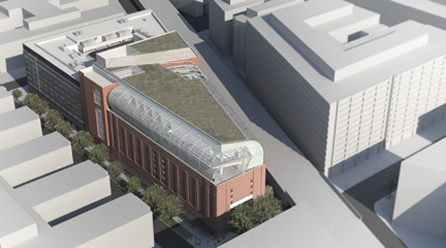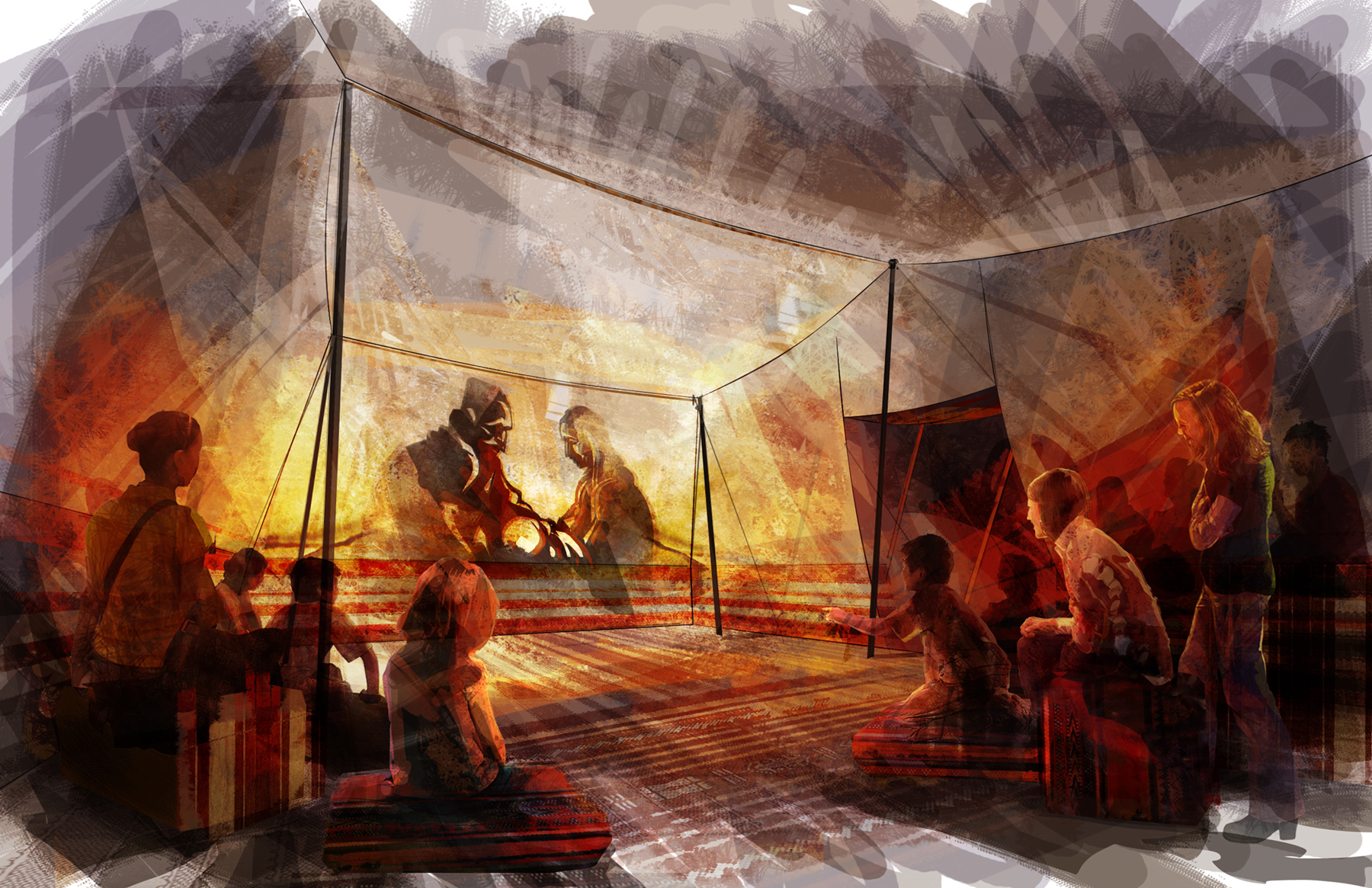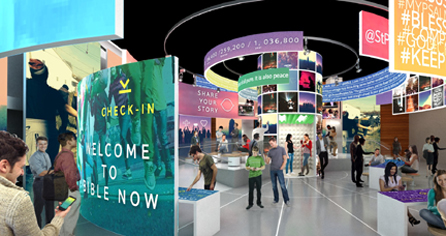
WASHINGTON (BP) — Construction on the Museum of the Bible will begin by Dec. 1 as the final tenants leave the Washington D.C. site that will house the building just three blocks from the U.S. Capitol, museum board Chairman Steve Green said.
Presenting the archeological evidence of the people, places and events of the Bible in a non-evangelistic way will hopefully prove the truth of the book, but leave people to decide for themselves whether to accept Jesus as Lord, Green told Baptist Press.
“Evangelism would not be a direct result. The museum would be nonsectarian,” Green said. “Our role is just to present the information. But I think that, and our hope is that, it would change peoples’ lives, that they would realize that this book is something for them to consider and would embrace its principles and live accordingly.”
 General contractor Clark Construction is already demolishing the interior of the former Washington Design Center that will house the museum, but will begin construction in earnest as the final tenants’ leases expire. The eight-story, 430,000-square-foot museum is slated to open in 2017 with $800 million in assets.
General contractor Clark Construction is already demolishing the interior of the former Washington Design Center that will house the museum, but will begin construction in earnest as the final tenants’ leases expire. The eight-story, 430,000-square-foot museum is slated to open in 2017 with $800 million in assets.
“We want to invite all people to engage with this book,” Green said. “We think education is the first goal, for people to realize how this book has impacted their lives, and then consider the principles and apply them to their own lives because of the benefits that it brings.”
The museum will house the Green Collection, the world’s largest private collection of rare biblical texts and artifacts, but will also feature additional exhibits designed to immerse visitors of all ages into interactive, biblically-based settings. The Green family, owners of the Hobby Lobby retail chain, amassed the collection over the past five years and has presented it to the public in a travelling exhibit that Green said has changed the lives of its viewers.
“We’ve had many that have indicated — and they’ve gone through our travelling exhibit — it has strengthened their faith for example,” Green said of his collection. “They are encouraged by the fact that they can actually see the evidence that shows that what they have been taught is accurate. We believe that many will be encouraged and their faith will be strengthened because of the evidence that is presented.”
 “There have been many atheists, for example, when they are willing to just let the evidence lead to its natural conclusion” Green said, “I think it leads them to realize that this book is accurate in what it claims to be.”
“There have been many atheists, for example, when they are willing to just let the evidence lead to its natural conclusion” Green said, “I think it leads them to realize that this book is accurate in what it claims to be.”
The Bible’s history, impact and narrative will comprise the main focus of the museum, Green said, showing the reliability of Scripture as a historical document.
“I think the evidence shows that the Bible is accurate,” Green said. “But we won’t say it’s accurate; we just present the information and we will let the visitor make their own decision.”
The museum will present the history of the Bible’s narrative and show its impact on society, Green said.
“The evidence will show that when we’ve applied [the biblical narrative] to principles, it has been good for society and again, that judgment we leave up to the visitor,” he said. “[People] just need to know the story of the Bible. What is the narrative from Genesis to Revelation? [We aim] for the person that has never read it, that knows nothing, to have a basic understanding of what the Bible’s message is, what it’s narrative is.”
The museum will allow visitors to explore the Bible’s impact on world culture and modern civilization, including literature, fine arts, architecture, education, science, film, music, family, government, law, human rights and social justice. Archaeological and historic treasures, including the Dead Sea Scrolls, ancient Torah scrolls, early New Testament texts, rare biblical manuscripts and first-edition Bibles will be included, said Cary Summers, the museum’s chief operating officer.
“We’ve assembled,” Summers said in a press release, “the best in architectural, interior and environmental design to provide Museum of the Bible guests with an experience that is unique, innovative, customizable to each visitor’s level of interest and, most of all, memorable.”
Exhibits will allow visitors to walk through a replica of first-century Nazareth; witness the preservation, translation and transmission of the Bible over time, from clay tablets revealing the earliest writings to today’s digital Bible. Visitors will take a high-definition, sensory ride through history, offering dynamic encounters with historical people, places and events that changed the world.
A state-of-the-art 1,000-seat lecture hall, a lobby with a floor-to-ceiling interactive media wall, a performing arts theater, a children’s area, restaurants seating 500, and a rooftop garden with panoramic views of Washington are also planned. A real-time social media hub will allow visitors to download their own memories of the Bible.
Joining Clark Construction in the museum project are The PRD Group, C&G Partners, and BRC Imagination Arts, while scholars, writers and museum experts are assembling artifacts and developing content for the museum’s primary exhibits.
The Green family purchased the museum site in 2012 for $50 million. The museum plans to charge a modest admission, Green said, though pricing has not been determined.
















